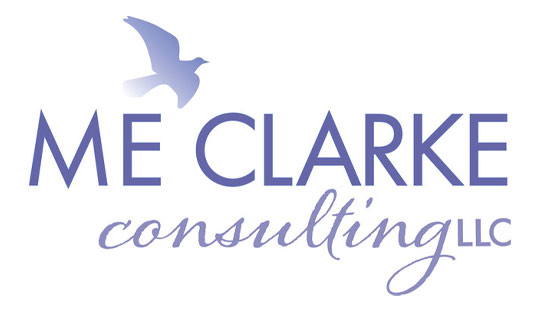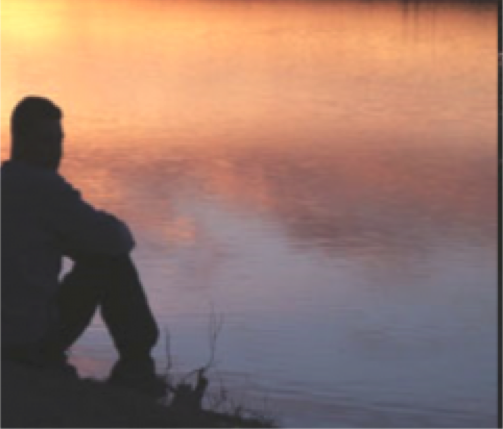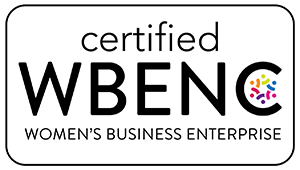A Journey Toward Reconciliation: Engaging the Conflicts Within
“Peacemaking is a process, a way of living and working. Peace is never made; it is always in the making. “ – Harold Saunders
I am asking myself at this very moment, “why did I decide to take on a subject so broad and ambiguous as reconciliation?” The little flame of passion inside of me is excited to explore the topic, admittedly though, there is also the part of me that doesn’t want to go that deeply within myself and reveal my guts. But then again, that’s what the journey called ‘Life’ requires, right?
Reconciliation is a journey, a path that is integral to all of our lives whether we choose to consciously acknowledge it or not. I think the real reason I chose this topic is because of my own journey toward reconciliation and how much it has defined my life’s work. Reconciliation is neither a means nor an end nor is it static or easily obtained. Reconciliation requires a conscious effort of putting one foot in front of the other, walking humbly, and loving in spite of us – our tendency to pull away our love in difficult situations. As John Paul Lederach describes it, “The journey toward reconciliation is not a path for the weak and feeble. Facing oneself and one’s fears and anxieties demands an outward and an inward journey. Along the journey of conflict, we always encounter ourselves, and in doing so, we come face to face with God, our Maker, whose image we bear, and who calls us to ‘return’.” (24)
More than eight years ago, I moved to Washington DC to study Peace and Conflict Resolution at American University. I was there less than 48 hours when I experienced a deep sense of peace…of being in the right place. Isn’t it amazing how God…The Spirit lets us know in the most gentle of ways that we are on the right journey…in the right situation? In a course called Reconciliation and Justice, I found myself studying about the worst conflicts that our world has seen over the last several decades. Amidst the readings, the lectures and the reflection writing, I became distinctly aware of the necessity for me to practice in my own life what we discussed in terms of reconciliation and justice. At that moment, I understood in my core that this work that I aspire to do in the world was going to require me to stretch, forgive, hurt, cry, listen, speak, empathize and love in ways that I could not fathom. Some call it the path of the Wounded Healer….I call it Life.
Reconciliation happens on multiple levels: reconciliation to self, reconciliation with other, reconciliation with the community, and reconciliation with the Divine (however you chose to name the one with many names and who remains nameless). For me, reconciliation often begins when I get clear with myself. Sitting with my own anger, building tension and frustration can sometimes be the most difficult part. Even now, just thinking about it, I can feel the rising tension as it manifests itself into my very being – my blood pressure goes up, the tension across my shoulders begins to weigh me down and my stomach turns. Can you feel it? Do you know what I am talking about? Each of us manifests this tension differently but every one of us experiences the physical manifestation of our emotions. Acknowledging the presence of the conflict within us and embracing its existence is the first step. Denying its existence usually causes the emotions to build and we more fully entrench ourselves in the “I am Right and She is Obviously Wrong” stance. We may rightly have the finger pointed to the other party as the wrong- doer but we must also acknowledge that there is always three fingers point back at us. “The journey through conflict toward reconciliation always involves turning to face oneself.” (John Paul Leaderach 23) Once we acknowledge the existence of this conflict within us, we must then seek clarity about what the conflict means to us personally and why it is so important to us. This clarity will allow us to begin the process of reconciliation to self. This is the most important step. No matter what happens next, this process will allow us to show up in ways that we choose, not in ways dictated by the emotions of the conflict. What comes next and how we decide to engage the conflict with the other will greatly benefit from this internal practice.
We’ll venture into the next stage of reconciliation: reconciliation with others next time. For now, I leave you with a short poem by Thich Nhat Hahn:
Getting Clear Within
Awareness is a mirror
Reflecting the four elements.
Beauty is a heart that generates love
And a mind that is open.
Lederach, John Paul. The Journey Toward Reconciliation. Scottsdale, PA: Herald Press, 1999.





Leave a Reply
Want to join the discussion?Feel free to contribute!